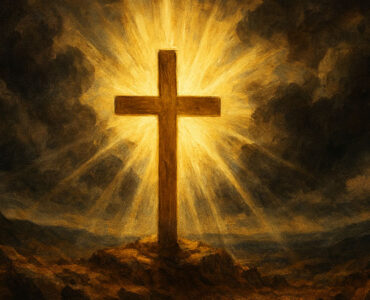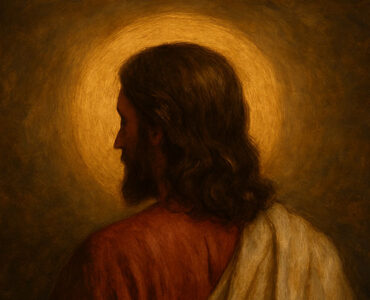At Peidayesh, we invite you to explore the deep and fascinating origins of the Christian faith. This journey begins with a look at the early days of Christianity, when the teachings of Jesus and the actions of his disciples laid the foundation for a movement that would change the world.
In this article, titled “Which Branch of Christianity Follows Original Path?”, we will examine the historical roots of Christianity and provide insights into the question: Which branch of Christianity is closest to the original?
The Beginning of the Christian Faith
The origins of Christianity can be traced back to the ministry of Jesus Christ and the formation of early Christian communities. These early believers sought to follow the teachings of Jesus as recorded in the New Testament.
Despite the diversity of traditions and practices that later developed, all major branches of Christianity share a common foundation in the Scriptures, highlighting how Christian branches of Christianity follow the same Bible even across different denominations.
Here are some key elements that mark the beginning of the Christian faith:
Jesus’ Teachings
- Emphasized love, forgiveness, and service.
- Called for a personal relationship with God through prayer and repentance.
- Encouraged a life guided by moral integrity and compassion.
Apostolic Tradition
- The disciples of Jesus played a crucial role in spreading his message.
- Early church leaders met regularly to study scriptures and practice communal worship.
- Oral traditions and early written texts preserved the teachings for future generations.
Scriptural Foundations
- The New Testament serves as the primary source of guidance for believers.
- Emphasis is placed on returning to the Bible as the ultimate authority in faith matters.
- Early Christians relied on scripture to clarify doubts and shape their community life.
This formative period set the stage for all later developments in Christian doctrine and practice. The commitment to following Jesus’ teachings, as well as the emphasis on a direct and personal relationship with God, remains at the heart of the faith today.

Overview of Major Branches
Over the centuries, Christianity has branched out into various denominations, each developing its traditions and interpretations of the Bible. However, not all branches are seen as equally faithful to the original path.
Roman Catholic Church
Boasts a rich history with deep-rooted traditions and liturgical practices. While it preserves many ancient customs, its development over time has led to additional doctrines and rituals that some believe differ from the original teachings of Jesus.
Eastern Orthodox Church
Holds a strong connection to early Christian practices and the ancient church. Its liturgy and theological emphasis reflect a commitment to tradition, yet it also incorporates centuries of cultural and historical influences.
Protestantism
- Emerged during the Reformation as a movement seeking to return to the Biblical roots of Christianity.
- Emphasizes sola scriptura (the Bible alone) as the basis for faith and practice, making it a strong candidate when considering which branch of Christianity is closest to the original.
- Includes various groups, such as Reformed, Evangelical, and Baptist communities, that advocate for a simpler, more direct interpretation of the scriptures.
Modern Non-Denominational Churches
Often emphasize personal faith and a return to the essentials of Biblical teaching. Seek to eliminate traditions seen as extra-biblical, thereby maintaining what many view as the original path of Christian belief.
Which branch of Christianity is closest to the original?
Based on our exploration and Protestant Christian resources, many experts argue that Protestantism, particularly its Reformed and Evangelical segments, most closely follows the original path. This is primarily because they stress a return to Biblical teachings, avoiding later traditions and emphasizing a direct relationship with God as modeled by early Christians.
FAQ
Sola Scriptura (Scripture Alone)
Preaching of the Word, Communal Prayer, and the Lord’s Supper (Communion)
The addition of traditions, doctrines, and extra rituals over time





















Add comment